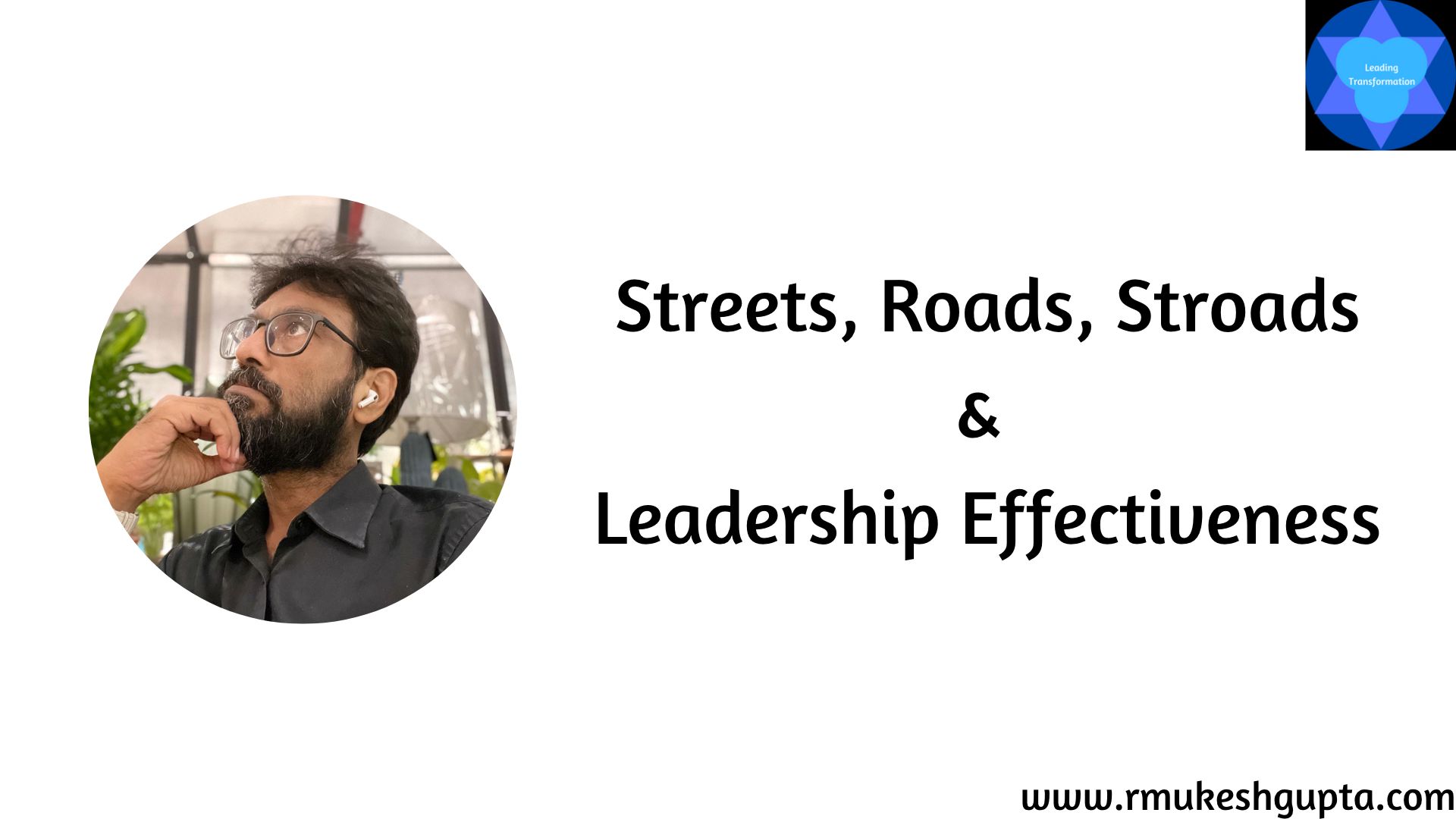In their current state of operations, Indian organized retailers are in no way equipped to compete with the likes of Walmart, Tesco or Target.
Let me re-count to you my experience based on which I have come to this conclusion.
Last week, I went grocery shopping with my wife to a large format retail store in Bangalore. I was appalled at the thoughtless design of the store and the lack of the willingness to serve the customers in the entire staff.
In my opinion, there are 2 key performance areas which are critical for a retailer to succeed in a market like India:
- Supply chain efficiencies
- Customer’s shopping experience
This retailer failed on both counts (to provide the goods at the cheapest price or to provide a high class immersive retail experience).
Before we move ahead with this line of thought, let me share my impressions from my visit:
Customer Experience perspective:
- Store design: This store was spread across 2 floors. The layout of the store was such, that you need to go to the 1st floor (non-grocery items, a.k.a, high margin items), walk all the way across to the other end of the floor, then come down to the ground floor for groceries. What this meant was that, even if I only wanted to buy groceries, I am still forced to walk through the non-grocery floor, hoping that I shall be tempted to pick something based on the promotions offered. Though this helps the retailer try and maximize the revenue per shopper, this leaves the shopper in a bad taste.
- Cart design: The only shopping cart that they have for usage is a large size cart. There was no option of a handbag or a smaller cart. Though not bad by itself, this was a problem with the way the store was laid out. I had at least a dozen customers bump into me and me bumping into another half a dozen customers, as the space between ailes was so narrow.
- Motivated and trained employees: The store had minimal support staff. There was no one to help. I had a few questions on the placement of a product of a particular brand. There was no one present to help. The staff whom I did find, were not able to help as they were as clueless as me.
- Check-out experience: Now that I had collected everything that I wanted to buy in my cart, I went to the billing counters. There were about 16 billing counters. However, there were about 6 – 7 customers already waiting for billing in each of these counters. What this meant was that I had to wait for another 45 minutes to get my items billed and get out of the store. The billing clerk tried on his part to be as quick as possible, but to the dismay of the customers, he was not able to scan the bar-codes of 1 out of every 9 or 10 articles. This meant that he had to manually type these codes (I think about 16 numeric characters each) in order to complete the billing. Also, there was no separate counter for fast track billing (maybe for 5 items or less or cash billing). So, even if you only had to pick one item, you still had to go through the entire grill.
After such an experience, I doubt if I shall think of going shopping in the store again, as I have a myriad of options for where I can go (including online stores) shopping for grocery and these options will only increase with FDI in Retail cleared.
Supply chain efficiency perspective:
- Stock-outs: From my list of groceries, there were 3 items (cooking oil, a specific brand of Jam & a specific kind of spice) which were in a stock-out position. This was on a Saturday evening at around 6PM. Now, it is very well known that the biggest lost opportunities for retailers is lost sale due to stock-outs.
- Price: I happen to go a mom & pop store near my home to buy these 3 items that were not available at this store. I also saw the retailer selling a couple of items (a specific brand of whole wheat atta) to a customer at a price that was lower than the price i bought at the store earlier in the evening. So, not sure if they will be able to compete on price either.
This is not just the state of this one retailer in India. Most so called organized retail stores (multi-brand, multi category stores) have more or less similar problems. Some more serious than others.
Now, the question is, if and when players like Walmart, Target or 24×7 arrive in India, will these retailers be able to compete with them? I am not suggesting that these retailers will get all of this right. However, if i were an Indian retailer, I would not bet my survival on the assumption that they will also face similar problems. I would be ready with a strategy to compete/co-opt with these retailers before they can hurt me.
What next?
So, the next question that beckons is the following – what can retailers do to counter this threat?
Strategically, they need to pick a field where they want to be the best. Whether it is competing on
- Cost (low cost or luxury or premium)
- Customer experience
- Speed (how fast or slow do i get new products lines on the shelf)
- Niche (define and win the niche)
It doesn’t matter, what strategy they adopt; they will need to improve on both the supply chain efficiency and the customer experience part, as these will be the necessary battle conditions, without which, you will no longer be in the competition.
These are my thoughts on the state of organized retail in India. Do you agree with my assessments?
Please do post your thoughts as comments below or tweet your thoughts to me on twitter (@rmukeshgupta).
PS: Something extra for all you people. Watch this prank by the Improv team at a Best buy store



